How to Choose the Right Garden Tools for Your Outdoor Projects
In the world of gardening and outdoor projects, the right selection of garden tools is essential for achieving optimal results. According to a report by the American Society of Landscape Architects, the gardening and landscaping industry is projected to grow by 6% annually, highlighting the increased interest in outdoor spaces. Proper tools not only enhance productivity but also ensure safety and ease of use for garden enthusiasts.
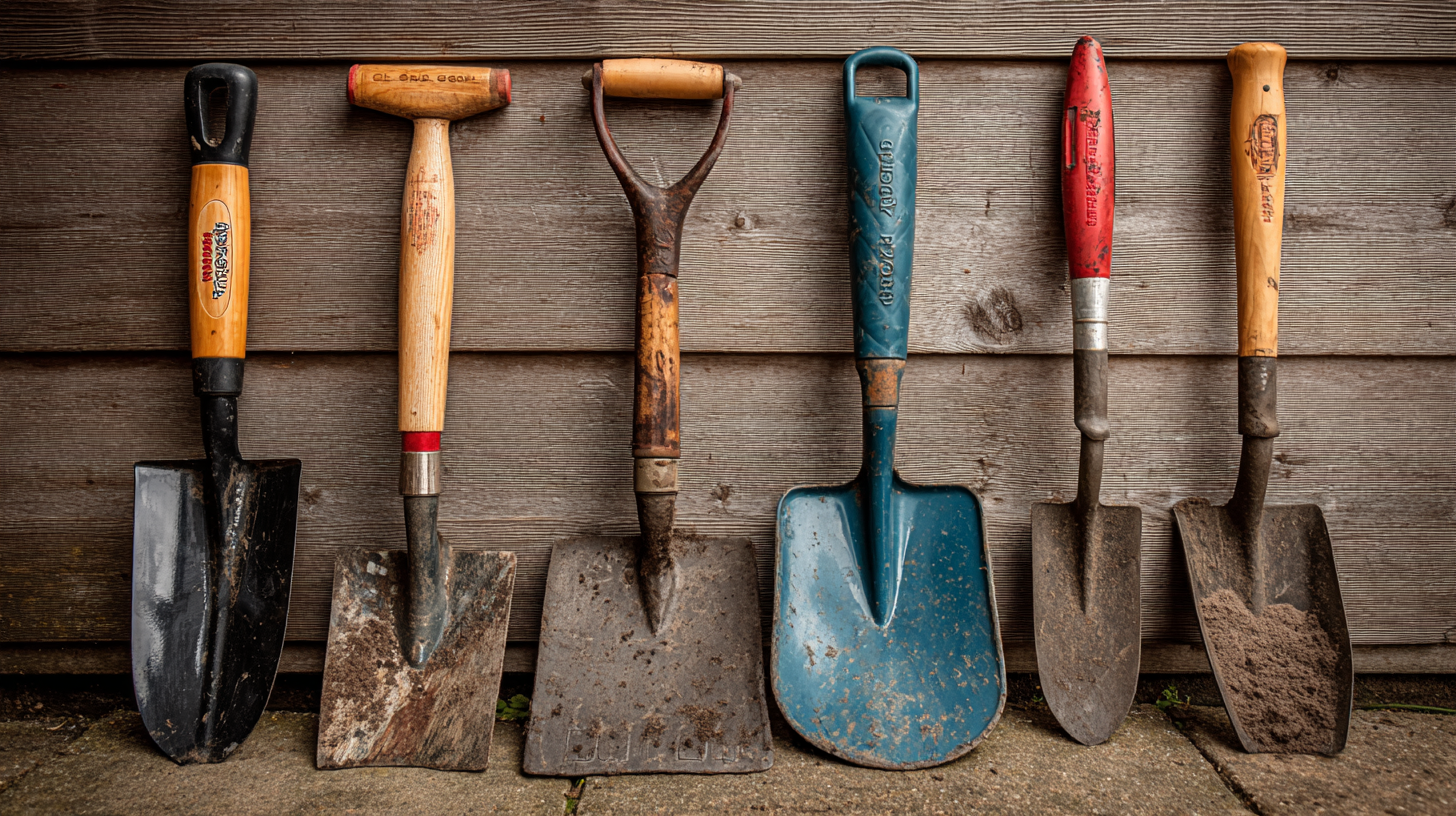
The market for garden tools has been expanding, with a forecasted value of over $20 billion by 2027, driven by innovations in ergonomics and sustainability. As homeowners invest more in their outdoor environments, understanding how to choose the right garden tools becomes crucial for both amateur gardeners and professionals alike, ensuring that every project is executed efficiently and effectively.
Understanding Different Types of Garden Tools for Various Tasks
When it comes to outdoor projects, selecting the right garden tools can significantly enhance both efficiency and effectiveness. Understanding the different types of garden tools available is crucial, as it allows you to tackle various tasks with ease. For instance, hand tools like trowels and pruners are essential for small-scale gardening tasks, whereas larger equipment, such as rototillers and lawn mowers, are necessary for extensive landscaping. According to a recent report by the American Society of Landscape Architects, nearly 70% of homeowners prefer high-quality hand tools for maintaining their gardens, as they provide better control and precision.
Tips: When choosing hand tools, make sure they are ergonomically designed, which can prevent strain during prolonged use. Additionally, opt for tools made from durable materials such as stainless steel, which can withstand wear and last for years.
For more specialized tasks, consider tools like weeders and cultivators, which are designed for efficient soil management. A survey from the National Gardening Association states that about 45% of gardeners prioritize weeding tools to maintain their gardens, indicating their importance in garden upkeep. Invest in a good-quality weeder to simplify the process and minimize back strain.
Tips: Review product ratings and ensure the tools are well-balanced; this can enhance your gardening experience by reducing fatigue.
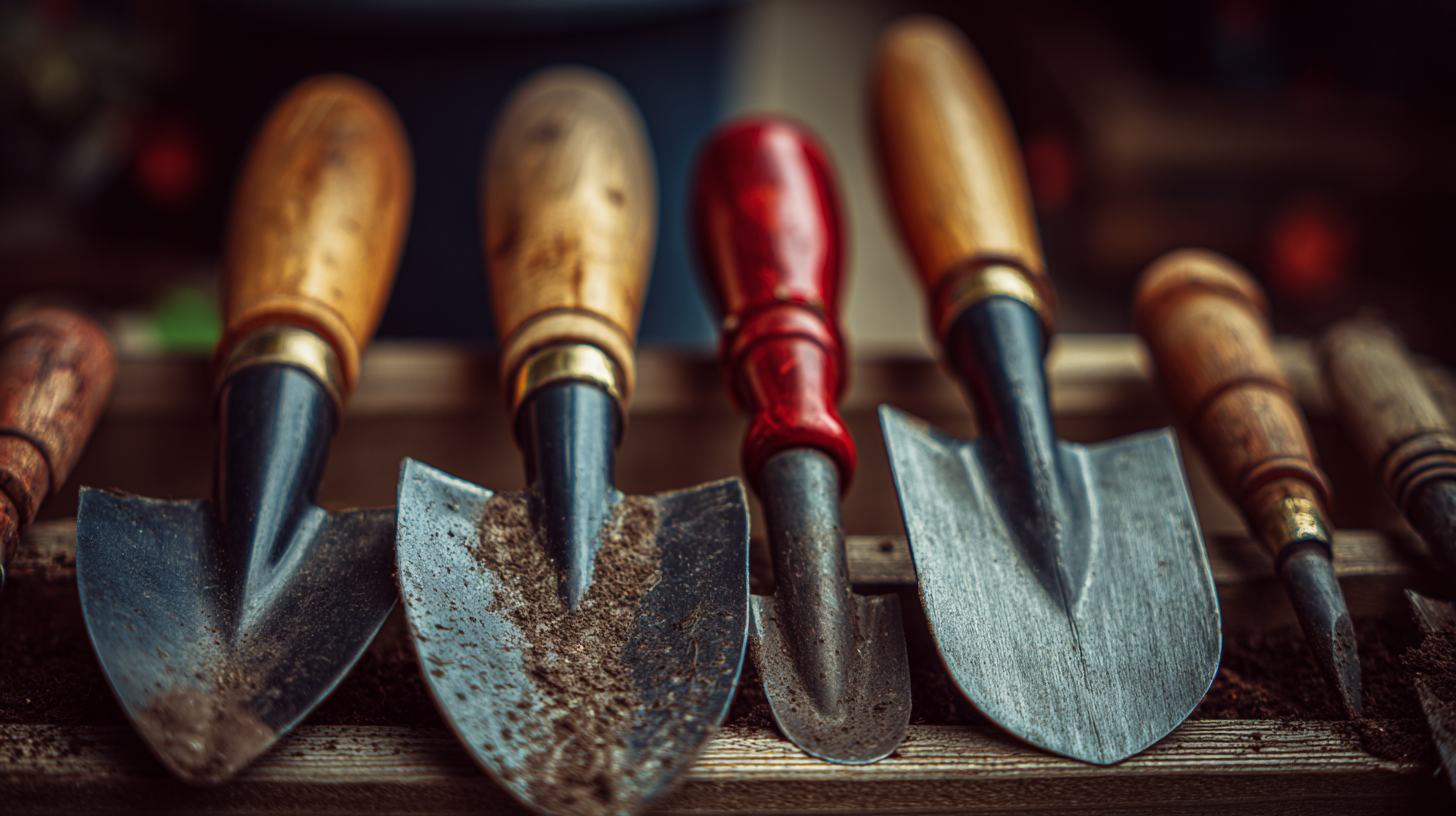
Assessing Your Gardening Needs: Essential vs. Specialty Tools
When selecting garden tools, it is crucial to assess your gardening needs to determine whether you require essential tools or specialty equipment. Essential tools, such as shovels, rakes, and pruners, form the backbone of any gardening endeavor. They are versatile and can be used for a variety of tasks, from planting and weeding to pruning and cultivating. Having these basic tools on hand will ensure that you can tackle everyday gardening challenges efficiently.
On the other hand, specialty tools are designed for specific gardening tasks and can enhance your gardening experience significantly. For instance, if you are growing a vegetable garden, investing in a trowel or a hoe can make soil preparation much easier. Similarly, if you are a flower enthusiast, a bulb planter or a handheld pruner may be invaluable. Assessing the specific types of plants you will be working with and the complexity of your outdoor projects will help you decide which specialty tools might benefit you the most, ultimately allowing for a more productive and satisfying gardening experience.
Garden Tools Assessment Chart
Evaluating Quality and Durability in Garden Tool Selection
When selecting garden tools, assessing quality and durability is paramount to ensuring that your equipment not only performs well but also lasts through multiple seasons. First, look for tools made from high-quality materials such as stainless steel or carbon steel, as these tend to resist rust and wear over time. Handles made from hardwood or fiberglass provide strength and can typically endure heavy usage without splintering or breaking. Additionally, opting for tools that offer a warranty can be a good indicator of the manufacturer's confidence in their product's durability.
Another critical aspect to consider is the design and ergonomics of the tools. Tools that are ergonomically designed can reduce strain on your body, making gardening tasks more comfortable and efficient. Features like non-slip grips and balanced weights not only enhance usability but also contribute to the tool's overall longevity by minimizing the risk of accidental damage during operation. By thoroughly evaluating both the material quality and ergonomic design, gardeners can make informed decisions, ultimately leading to more successful and enjoyable outdoor projects.
Budgeting for Garden Tools: Finding Value Without Compromising Quality
When budgeting for garden tools, it’s essential to strike a balance between quality and price. According to a report by IBISWorld, the gardening tools industry generates approximately $5 billion in revenue annually, reflecting a strong consumer interest in both efficiency and effectiveness when it comes to gardening. Investing wisely in garden tools can lead to enhanced productivity and longevity, sparing you from the frustration of frequent replacements.
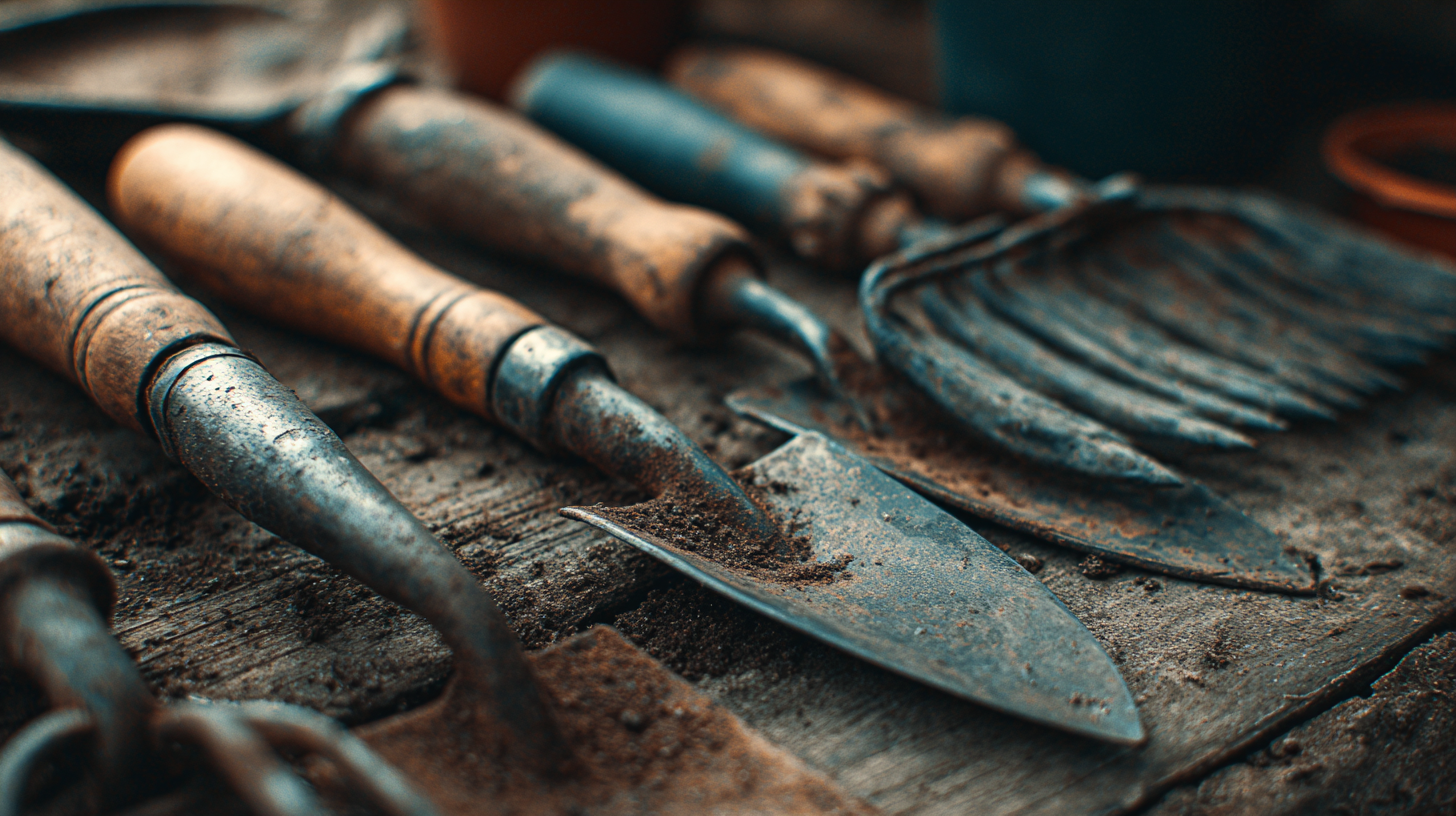
To find the best value, start by prioritizing essential tools that offer versatility. For instance, a high-quality pruner can cost around $25-$100, depending on the brand and features. Opting for tools made with durable materials can save money in the long run, as they are less likely to degrade or break. Furthermore, industry analysis from the National Gardening Association highlights that consumers are increasingly leaning towards multi-functional tools that combine several capabilities, which can reduce overall spending while maximizing utility. By carefully selecting tools that meet your specific gardening needs, you can create a well-equipped outdoor workspace without overspending.
Maintaining Your Garden Tools for Longevity and Performance
Maintaining your garden tools is essential for ensuring their longevity and optimal performance. According to a report by the National Gardening Association, effective tool maintenance can extend the lifespan of garden equipment by up to 50%. Regular cleaning, sharpening, and proper storage are key practices to keep in mind. For example, dull blades can make tasks like pruning more difficult and can cause unnecessary stress on plants, which may hinder growth. A simple sharpening of pruners, hoes, and shovels can significantly improve cutting efficiency, promoting healthier plants and a more enjoyable gardening experience.
Additionally, the use of protective coatings can greatly enhance your tool's durability. A study conducted by the Garden Tool Institute indicated that tools treated with anti-corrosion coatings showed a 40% increase in resistance to rust and corrosion compared to untreated tools. Furthermore, appropriately storing tools in a dry, organized space reduces wear and tear, preventing damage from moisture and pests. Paying attention to these maintenance strategies not only strengthens the performance of your garden tools but also fosters a more productive gardening environment.
How to Choose the Right Garden Tools for Your Outdoor Projects - Maintaining Your Garden Tools for Longevity and Performance
| Tool Type | Purpose | Material | Maintenance Tips | Average Lifespan |
|---|---|---|---|---|
| Hand Trowel | Digging small holes | Stainless Steel | Clean after use, keep dry | 5-10 years |
| Pruning Shears | Trimming plants | Carbon Steel | Sharpen regularly, oil hinges | 10-15 years |
| Rake | Gathering leaves | Wood/Metal | Store in a dry place, check for rust | 5-10 years |
| Garden Fork | Turning soil | Forged Steel | Clean dirt, inspect for damage | 10-15 years |
| Watering Can | Watering plants | Plastic/Metal | Avoid prolonged sun exposure, clean regularly | 5-8 years |
Related Posts
-
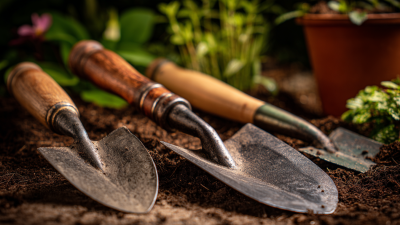
7 Essential Garden Tools Tips for Thriving Home Gardens
-
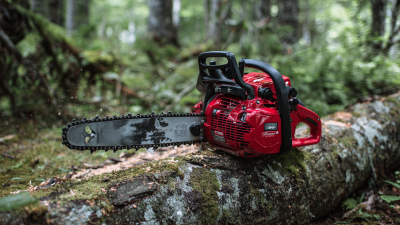
7 Best Gasoline Chain Saws for 2023: Efficiency Ratings and Expert Reviews
-

How to Choose the Best Hand Held Chain Saw for Your Cutting Needs
-

Solutions for Maximizing Efficiency with Gasoline Chain Saws in the Forestry Industry
-

What is the Future of China Chainsaw Technology
-

How to Choose the Right Gasoline Engine Parts for Your Project




